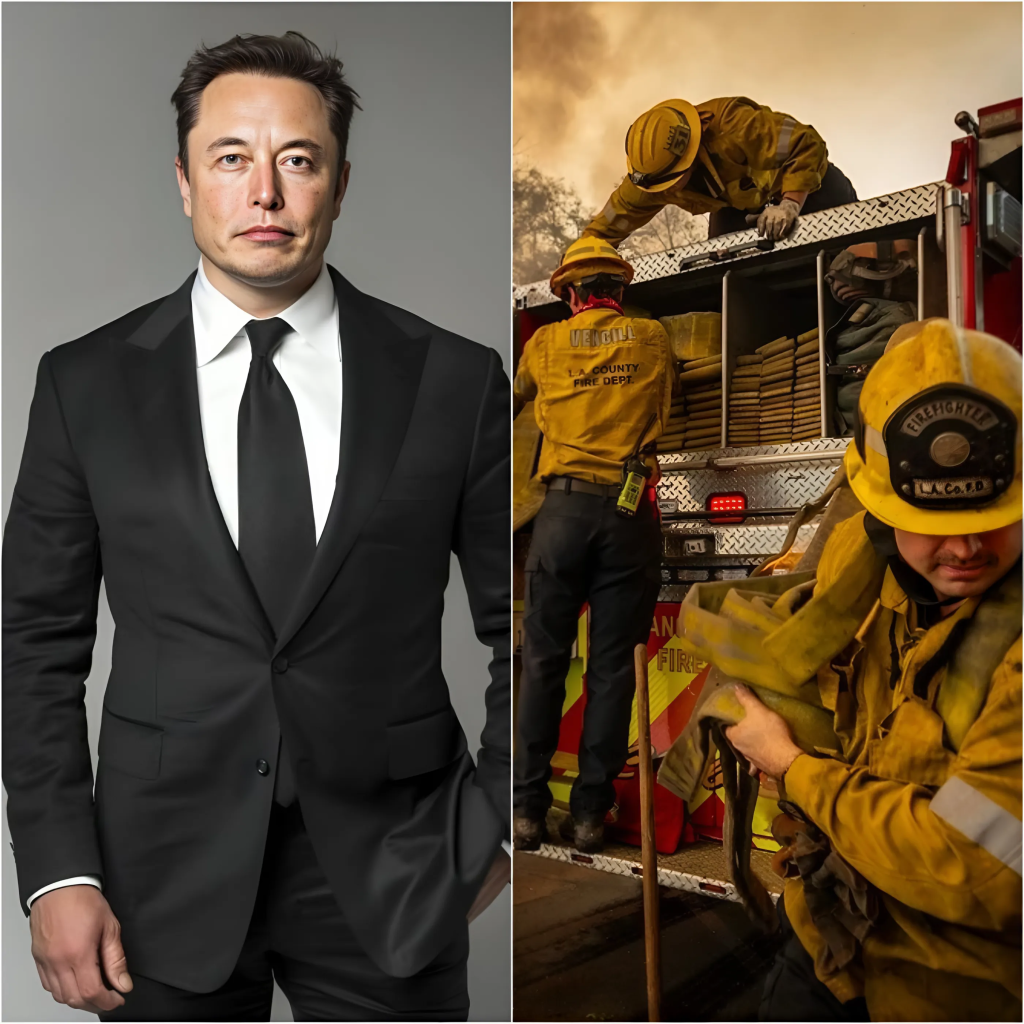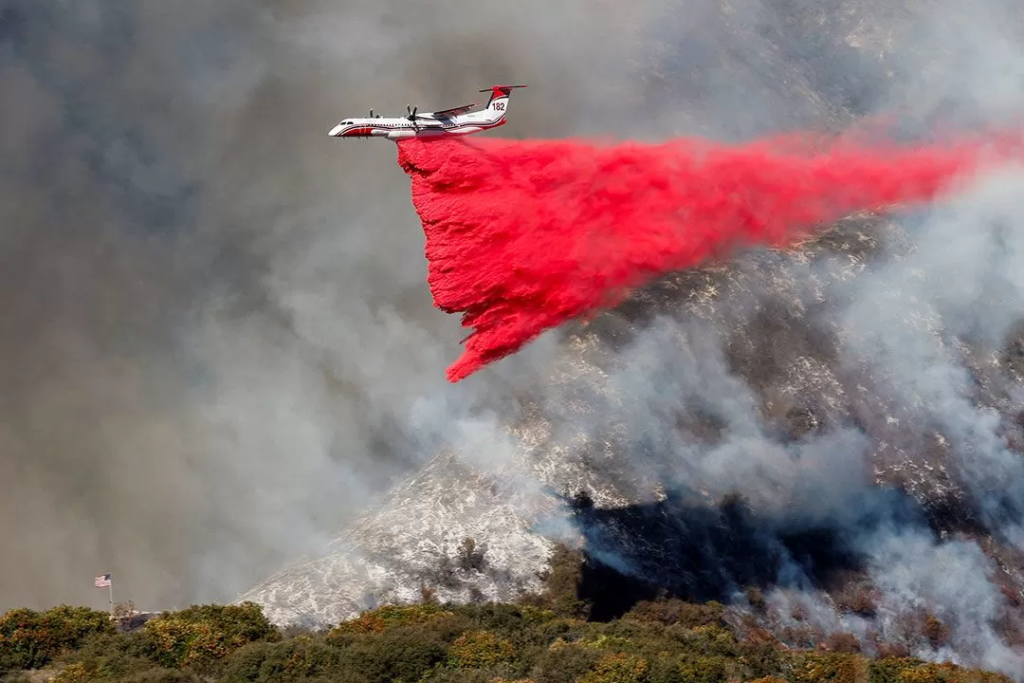Elon Musk has recently unveiled an impressive initiative aimed at supporting communities affected by major fires and natural disasters in the Los Angeles and Malibu areas. As part of this plan, specially equipped Cybertruck models featuring Starlink technology and free Wi-Fi will be deployed in a mesh network to provide reliable internet connectivity to some of the most heavily impacted regions. This forward-thinking effort demonstrates Musk’s commitment to using technology to aid in disaster recovery and support affected individuals and first responders.

A Cutting-Edge Solution for Crisis Management
The deployment of Cybertrucks equipped with Starlink technology is a groundbreaking solution to address the communication challenges that arise during disaster recovery. Not only does the Cybertruck offer the advantage of mobility, allowing it to reach areas that may be difficult to access with traditional infrastructure, but it also leverages Starlink’s modern satellite internet system to provide high-speed connectivity. In areas where power outages and communication breakdowns have rendered conventional internet services unavailable, this innovative system offers a crucial lifeline for those in need.

This initiative comes at a time when local communities are grappling with the devastation caused by wildfires and other natural disasters. Many regions have suffered significant infrastructure damage, and residents are struggling with a lack of resources to recover. Musk’s plan to deploy these mobile support centers—Cybertrucks with Starlink internet access—provides an immediate solution to this pressing issue, ensuring that people can maintain communication with loved ones, receive essential updates, and request help when needed.
The Mesh Network: Ensuring Widespread Coverage

A key component of Musk’s initiative is the use of a mesh network for internet connectivity. The mesh network model allows for extensive coverage across affected areas, making it possible for residents and emergency responders to stay connected even in hard-to-reach places. This model ensures that no community member is left without access to vital communication tools, regardless of their location within the disaster zone.
By creating a flexible and adaptable support system, Musk and his companies are providing a vital service during a time when traditional methods of communication and support are often compromised. The deployment of these Cybertrucks with Starlink technology will enable more efficient coordination among rescue teams, local authorities, and disaster relief organizations, improving the overall response to the crisis.
Previous Disaster Relief Efforts by Musk’s Companies
This is not the first time that Elon Musk and his companies have stepped in to offer assistance during times of crisis. Starlink, the satellite internet service developed by Musk’s SpaceX, has previously been deployed in emergency situations worldwide. Notably, it has provided vital communication services in war-torn Ukraine and disaster-stricken regions in Southeast Asia. Starlink’s ability to deliver fast, reliable internet access to remote or damaged areas has made it an essential tool for crisis management, and its integration into Musk’s latest initiative underscores his commitment to using cutting-edge technology to help communities in need.
The inclusion of the Cybertruck in this relief effort marks another significant step in Musk’s broader vision for applying advanced technology to social problems. By pairing the Cybertruck’s all-terrain capabilities with Starlink’s satellite internet system, Musk is helping to ensure that even the most devastated areas can recover more quickly and effectively.
A Model for Future Relief Efforts
The impact of this initiative goes beyond just the immediate relief efforts in Los Angeles and Malibu. Given the growing frequency of natural disasters, such as wildfires, floods, and hurricanes, this model—combining flexible mobility and advanced satellite technology—has the potential to serve as a template for future relief programs around the world. Musk’s long-term vision is to scale this project, expanding it beyond California to help communities facing crises globally. As climate change continues to exacerbate the occurrence and severity of natural disasters, flexible, technology-driven solutions like this are becoming increasingly vital.
Collaboration with Local Authorities and Long-Term Goals
Looking ahead, Musk’s companies, including Tesla and SpaceX, will work closely with local authorities to ensure that resources and technology are deployed effectively in the affected areas. This collaboration will help to streamline the process of delivering aid, ensuring that those in need receive assistance as quickly as possible. The integration of advanced technology into the disaster response process marks a significant step forward in addressing urgent social problems while laying the foundation for a more connected, sustainable future.
Musk’s commitment to using technology for the greater good is evident in this ambitious initiative. By harnessing the power of the Cybertruck and Starlink, Musk is not only providing crucial support to communities in crisis but also highlighting the potential of modern technology to solve real-world problems. This initiative could very well serve as a model for how businesses and entrepreneurs can leverage innovation to make a positive impact on society, particularly in the face of increasingly frequent and devastating natural disasters.
As this project unfolds and more details emerge, one thing is clear: Elon Musk’s visionary approach to using technology to support communities in need is paving the way for a future where tech-driven solutions play a central role in disaster relief efforts worldwide.


